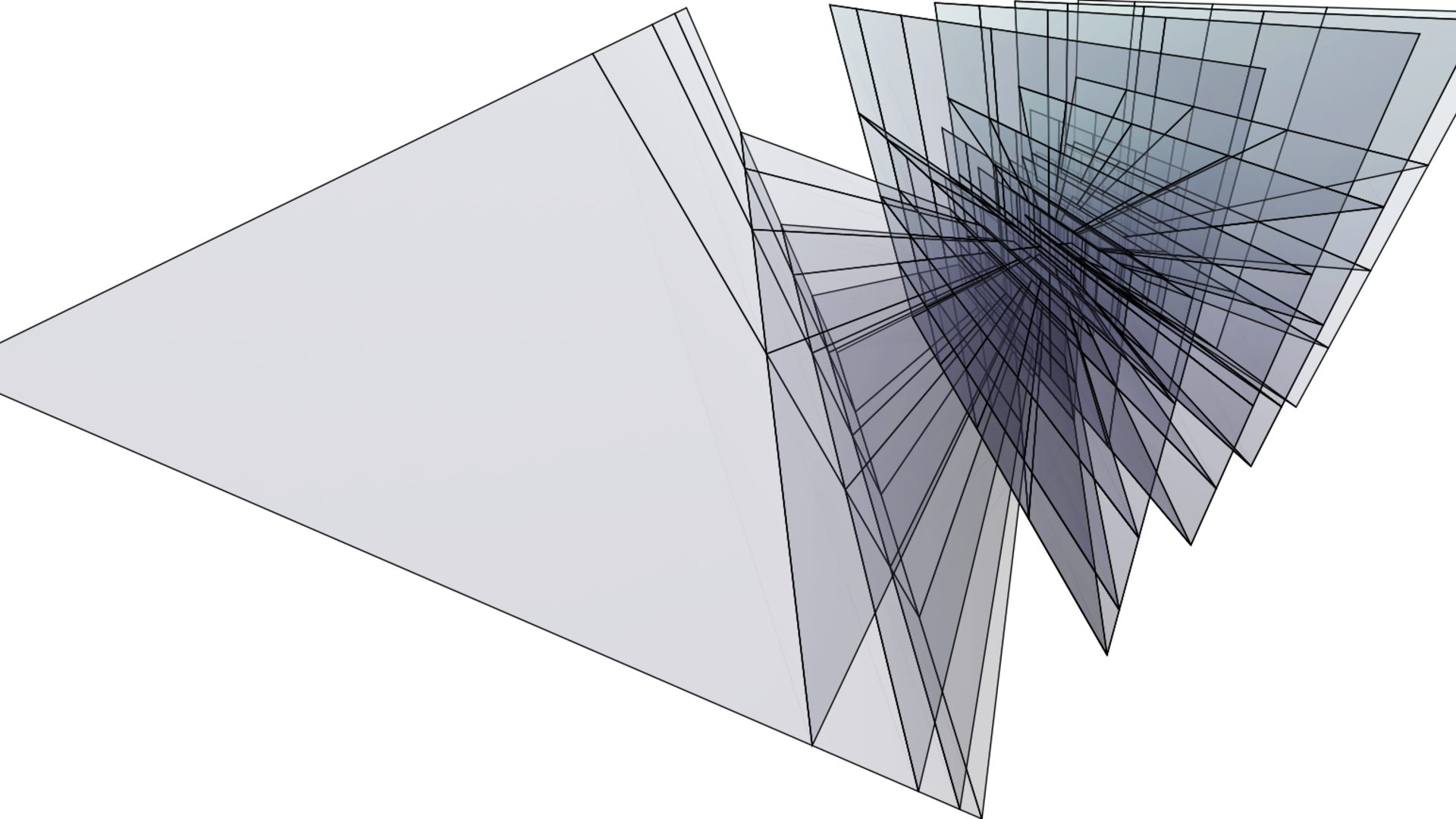2025
Recent advancements in operator-type neural networks have shown promising results in approximating the solutions of spatiotemporal Partial Differential Equations (PDEs). However, these neural networks often entail considerable training expenses, and may not always achieve the desired accuracy required in many scientific and engineering disciplines.In this paper, we propose a new learning framework to address these issues. A new spatiotemporal adaptation is proposed to generalize any Fourier Neural Operator (FNO) variant to learn maps between Bochner spaces, which can perform an arbitrary-length temporal super-resolution for the first time. To better exploit this capacity, a new paradigm is proposed to refine the commonly adopted end-to-end neural operator training and evaluations with the help from the wisdom from traditional numerical PDE theory and techniques. Specifically, in the learning problems for the turbulent flow modeled by the Navier-Stokes Equations (NSE), the proposed paradigm trains an FNO only for a few epochs. Then, only the newly proposed spatiotemporal spectral convolution layer is fine-tuned without the frequency truncation. The spectral fine-tuning loss function uses a negative Sobolev norm for the first time in operator learning, defined through a reliable functional-type a posteriori error estimator whose evaluation is exact thanks to the Parseval identity. Moreover, unlike the difficult nonconvex optimization problems in the end-to-end training, this fine-tuning loss is convex. Numerical experiments on commonly used NSE benchmarks demonstrate significant improvements in both computational efficiency and accuracy, compared to end-to-end evaluation and traditional numerical PDE solvers under certain conditions. The source code is publicly available at https://github.com/scaomath/torch-cfd.
2024
Neural operators have emerged as a powerful tool for learning the mapping between infinite-dimensional parameter and solution spaces of partial differential equations (PDEs). In this work, we focus on multiscale PDEs that have important applications such as reservoir modeling and turbulence prediction. We demonstrate that for such PDEs, the spectral bias towards low-frequency components presents a significant challenge for existing neural operators. To address this challenge, we propose a hierarchical attention neural operator (HANO) inspired by the hierarchical matrix approach. HANO features a scale-adaptive interaction range and self-attentions over a hierarchy of levels, enabling nested feature computation with controllable linear cost and encoding/decoding of multiscale solution space. We also incorporate an empirical H1 loss function to enhance the learning of high-frequency components. Our numerical experiments demonstrate that HANO outperforms state-of-the-art (SOTA) methods for representative multiscale problems.

